This story originally appeared in the June 2016 issue of E-Scrap News.
Subscribe today for access to all print content.
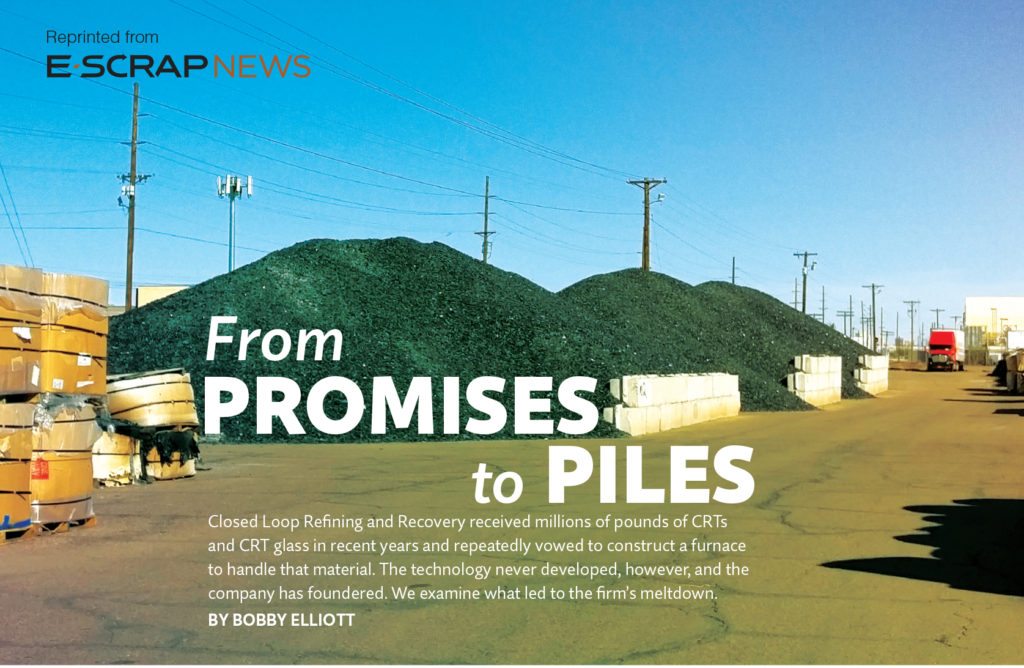
This story originally appeared in the June 2016 issue of E-Scrap News.
Subscribe today for access to all print content.

 E-Scrap News readers in April were drawn to stories about conflicts between e-scrap processors and government agencies on both sides of the country.
E-Scrap News readers in April were drawn to stories about conflicts between e-scrap processors and government agencies on both sides of the country.
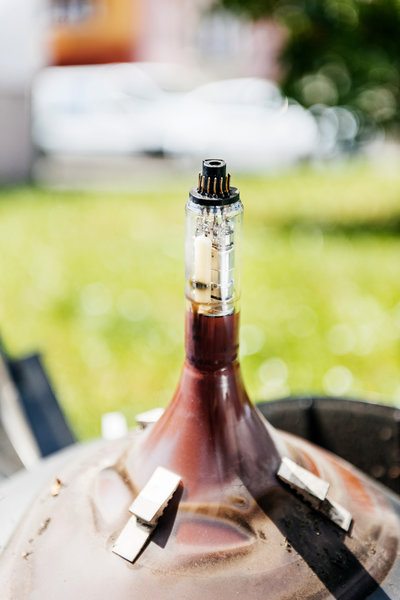 As the e-scrap industry has struggled to efficiently handle CRT glass in recent years, many stakeholders have held out hope that technologies could be developed to cost-effectively remove lead from the material and pave the way more CRT recycling.
As the e-scrap industry has struggled to efficiently handle CRT glass in recent years, many stakeholders have held out hope that technologies could be developed to cost-effectively remove lead from the material and pave the way more CRT recycling.
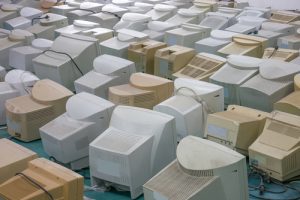 Teck Resources, a Canadian smelter that consumes significant tonnages of CRT glass, has cancelled a $210 million slag fuming furnace project after an ongoing delay tied to market conditions.
Teck Resources, a Canadian smelter that consumes significant tonnages of CRT glass, has cancelled a $210 million slag fuming furnace project after an ongoing delay tied to market conditions.
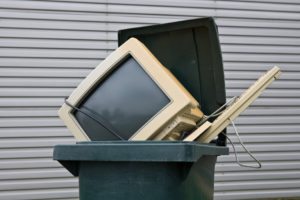 United Nations University (UNU) recently released a report on possible uses for CRT glass, but even the report authors want to see more research conducted.
United Nations University (UNU) recently released a report on possible uses for CRT glass, but even the report authors want to see more research conducted.
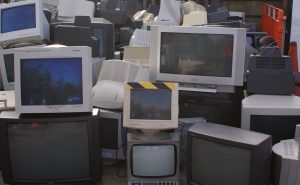 Two familiar pieces of legislation under consideration in Illinois aim to promote CRT glass storage, but they take different paths toward that goal.
Two familiar pieces of legislation under consideration in Illinois aim to promote CRT glass storage, but they take different paths toward that goal.
Nulife Glass has begun processing leaded CRT glass at its newly built furnace in Dunkirk, N.Y.
Continue Reading
As part of an investigation into CRT glass recycling markets, E-Scrap News has learned that recycling processors in several states have abandoned operations after charging CRT suppliers and filling up a handful of warehouses with more than 10,000 tons of CRTs and CRT glass. State officials are now struggling with how to manage these problems.
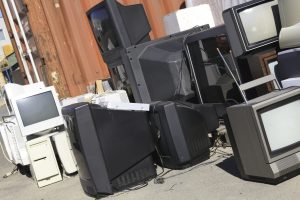
Participants of a webinar this week spoke openly about two particularly contentious issues facing CRT glass management: downstream capacity and manufacturer funding.
Last week E-Scrap News reported on several warehouses in Arizona and Colorado where large amounts of CRTs were left behind when the plants closed. Two firms — Dow Management and Luminous Recycling — shut their doors, leaving as much as 10,000 tons of CRTs and CRT glass.

